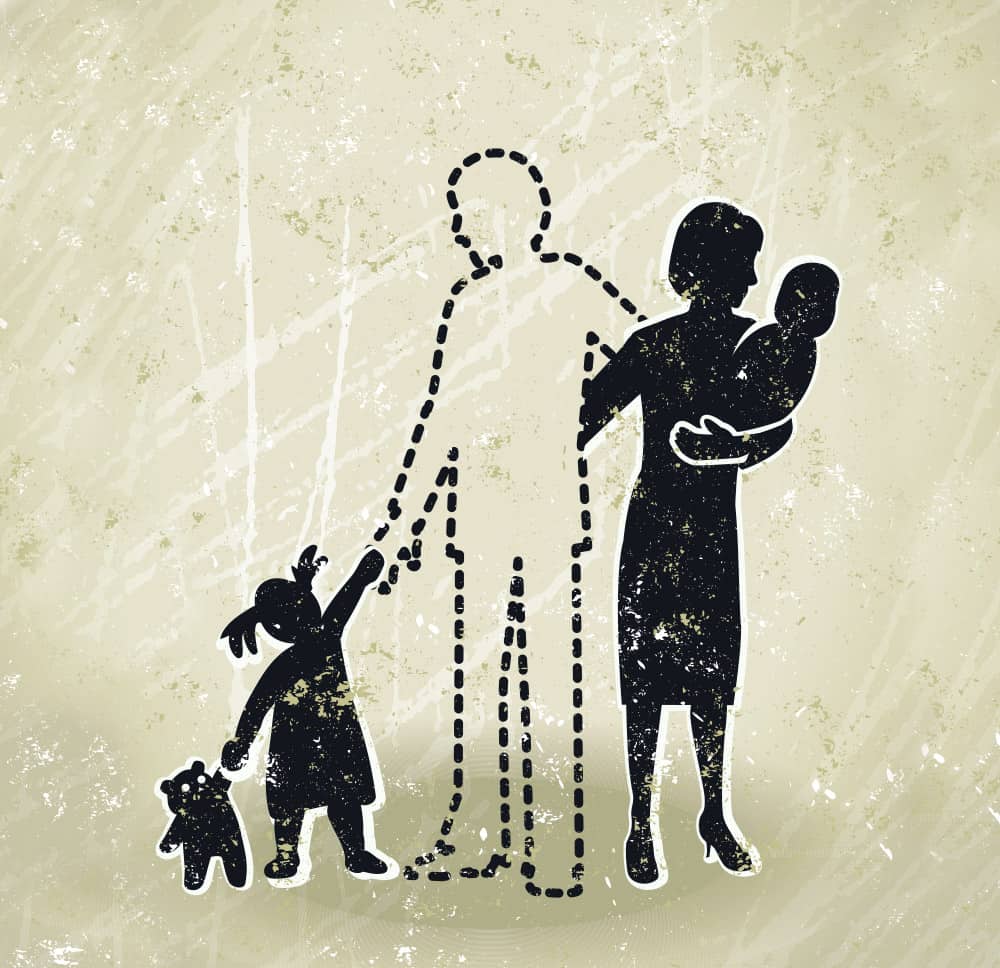In this sense, different authors present three profiles of fathers (Kaufman, 2013; Tanquerel and Grau-Grau, 2020), although no one is necessarily totally one of them and always considering the uniqueness of each person:
- The Old Dad. This father’s life revolves around work. He shows no soft signs, doesn’t talk about family at work, doesn’t have family photos in the office. He embraces the ideals of the classic notion of the ideal worker, and of uninvolved fatherhood.The traditional father does not use the flexibility policies offered by his organization, nor the paternity leave offered by his government. He does not make adjustments in his career path when a child is born, and in general there’s a fit between his parenting culture and his behavior.
- The father in transition (New Dad). This father’s life pivots on two domains; work and family are crucial in his life. He starts to show soft signs. If he feels confident, he talks about family at work, and posts some pictures. He’d like to be more involved at home, although many barriers make it difficult for him. He does not embrace the ideals of the classical notion of the ideal worker, but to avoid the possible negative consequences in his professional career, he sometimes pretends to be a type 1 parent, a traditional parent (see previous case) without being one. The father in transition, moreover, shows his disagreement with the way in which the balance between work and family is articulated in private. He uses only the policies offered by law, but does not go beyond that. When a child is born, he makes minor adjustments (e.g., going out earlier on Fridays). Suffers a mismatch between the new culture of parenting (wants to be involved), and his behavior (but he isn’t).
- The involved father (Superdad). Caring is a central axis in this father’s life. He shows soft signs, even if the environment is hostile. Although he also perceives the barriers that hinder paternal involvement, he makes efforts to overcome them, being aware of possible negative consequences. He shows his dissatisfaction with the way work and family balance is articulated in public. If necessary, he makes major adjustments in his career path (e.g., change of sector or company, as so many women have done) in order to combine his roles. There’s an adjustment between the new culture of parenting and his behavior.
“Sometimes ‘transitional parents,’ lacking legitimacy in the use of policies, end up posing as traditional parents.”
How to make life easier for involved fathers in the organization
As we said earlier, although there are no parents who fit perfectly with one of the three models, those three profiles help us to unravel the reality. In the first place, they help us understand that there are different profiles in organizations, and even more interestingly, that they interact with each other, some of them with a certain influence.
This is the case of type 1 fathers (Old dads) over type 2 fathers (New dads). Although type 1 is a minority type of father, in many cases, it continues to set the tone. And what happens on many occasions is that fathers who are in transition, due to a lack of legitimacy in the use of policies, end up posing themselves as traditional fathers, making the group larger than it is.
Therefore, if organizations are aware of the benefits of having employees who are involved parents, it would be interesting to implement three proposals developed by Professor Bowles and her team in order to:
1)Ease organisational barriers
2)Allow each person to develop fully and in the way he/she wants in his/her different domains.
These are their proposals:
Offer resources and support that are individual, explicit and non-transferable for fathers. This first proposal is only temporary. We can learn here from politics and in particular from public policies, which with its non-transferable paternity leave have begun to foster a new culture. In the case of organisations, spaces for dialogue among fathers, or training, can be offered. Volvo and American Express carry out activities along these lines.
Minimize the possibility of an economic conflict between working and caring. This second proposal is an invitation to mitigate existing conflicts between work and childcare. In the case of politics, again, there are proper examples. For example, it’s well known that fathers will hardly use their paternity leave if it does not cover at least 80% of their salary. In organisations, economic conflict should continue to be avoided, for instance not only by remunerating paternity leave beyond the law, see for example Sanofi Argentina, but also by reducing the possible negative consequences of the use of paternity leave (e.g. in the form of non-promotion).
Create support networks to encourage committed fatherhood. Finally, the last proposal suggested so that fathers can develop freely in their family role is to encourage support groups. There are already some for mothers, some mixed, but momentum wins. It’d be interesting if campaigns to value involved fatherhood were promoted from the company, and thus, enjoy the contracted benefits that are generated at home and in the organizations.
Bibliography
Bowles, H. R., Kotelchuck, M., & Grau, M. G. (2022). Reducing barriers to engaged fatherhood: three principles for promoting gender equity in parenting. In Engaged Fatherhood for Men, Families and Gender Equality (pp. 299-325). Springer, Cham (disponible en open access)
Kaufman, G. (2013) Superdads: How fathers balance work and family in the 21st Century. New York, NY: NYU Press.
Tanquerel, S. and Grau-Grau, M. (2020) Unmasking work-family balance barriers and strategies among working fathers in the workplace, Organization, 27(5), pp. 680–700. doi:10.1177/1350508419838692.
